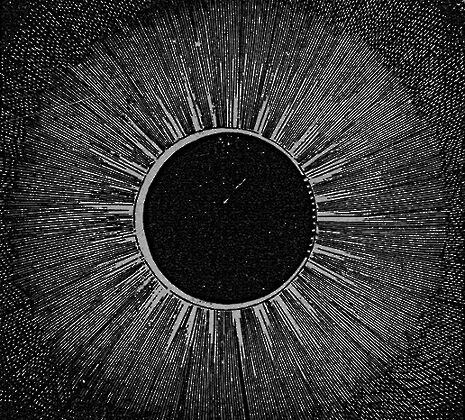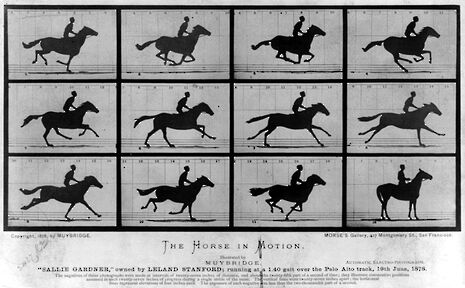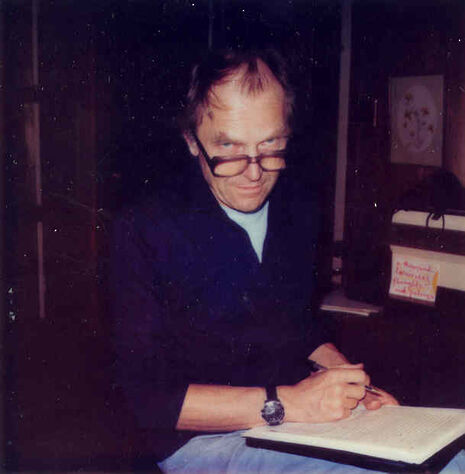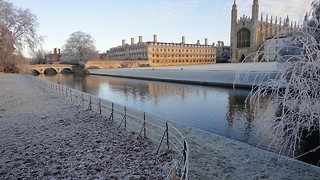How do we study the world around us?
It can be easy to get lost in the facts and figures of your everyday studies. Zi Ran Shen examines the methodologies we use to further our knowledge

To be human is to be curious. Curiosity has spearheaded the study of nature, in cultures all across the world. More often than not, the early natural philosophers were proficient in all areas of study, whether it be philosophy, astronomy, maths, religion, art, music, or athletics. In ancient Greece (600-400BC), the pre-Socratic philosophers sought to explain natural phenomena such as earthquakes and eclipses. In doing so they pioneered ideas such as atomism – the idea that the world is made up of small indivisible units – and the spherical Earth. Post Socrates, Aristotle took up a new branch of natural philosophy primarily concerned with life. He explored physiology concurrently with psychology and metaphysics, all within his philosophical framework.
“The idea of the ultimate scientific knowledge is, however, simply a human construct.”
In France and England, studies of nature were initially encouraged by schools founded in Christian faith as a way of understanding the world God created. However, when Greek teachings reached France, the new “science” was frowned upon, and indeed ultimately the Aristotelian teachings were banned in 1277. Despite the widespread scepticism displayed by the Church, many theologians saw natural philosophy as a way to interpret scripture and welcomed the new influx of knowledge. This divide between theologians who scorned or celebrated Aristotelian science persisted until the protestant revolution, which completely overhauled the existing social structure and led to the scientific revolution.
The scientific revolution, championed by minds like Galileo, Newton, and Bacon, rejected Aristotelian methods of inquiry and created the scientific method still used today. The current method into inquiry includes four essential elements: characterisations, hypothesis, predictions, and experiments. Characterisation alludes to data collection – the measurement and optimisation of the object of interest. Hypotheses are descriptions of phenomena based on previous characterisations, which have powers of prediction and can be falsified. Predictions made by the hypothesis are then tested through rigorous experimentation. If any of the four steps are in discord, then the process must start over again.

The scientific method is the gateway into scientific inquiry. As outlined by the National Research Council, a scientist should:
- Make observations
- Exhibit curiosity and define questions
- Gathers evidence using technology and Mathematics
- Use previous research
- Propose a possible explanation
- Publish explanation based on evidence
- Consider new evidence
- Add to explanation
These are the commonly accepted eight commandments of scientific inquiry, which pave a possible path to knowledge and truth.
The idea of the ultimate scientific knowledge is, however, simply a human construct. Well documented paradigm shifts record the metamorphosis of “truth”. Thomas Kuhn was a major proponent of the idea that science cannot be separated from subjective reasoning. He argues that science cannot be objective and empirical because the “truth” is defined by the consensus of the scientific community. Thus, the conclusions reached by the community must be founded on the subjective conditioning of the community itself. Therefore, every paradigm can only be subjective, and no theory will ever reach truth. A shift in paradigm simply indicates that the scientific community chooses to view the same set of data in a different, but not necessarily more accurate way.

Besides knowledge, the scientific method itself is widely accepted as the gateway to truth, but should it be? Philosopher Paul Feyerabend certainly does not think so. He reasons that all scientific revolution stems from the disregard of previously used modes of scientific method and the invention of a new method. Take the Copernican revolution, for example. During the golden era of the geocentric model, the tower argument was used to prove the stationary Earth theory. The tower argument states that if the Earth was indeed rotating eastward, then an object dropped from the top of the tower must land to the west of the base of the tower. To reject the idea and formulate another seemed mad. Feyerabend even said that the Church was more faithful to reason than to Galileo. To Feyerabend there exists no one scientific method, and to practice only one methodology is both oppressive and dogmatic. If no caution is taken then science, through its inflexibility, will become an ideology.
“To be human is to be curious. Curiosity has spearheaded the study of nature, in cultures all across the world.”
Although the idea of empirical knowledge is attractive, it is ultimately imaginary. Painting the pursuit of science as the ultimate method to attain the holy grail of truth is simply disingenuous. Science simply offers a pragmatic working theory of the world, which one can choose to believe – not unlike religion. Historically, great scientists were also men of great faith – Newton believed that scripture is an alchemical text meant to be deciphered; Georges Lemaître postulated the Big Bang Theory during his priesthood; and Gregor Mendel characterised the pattern of inheritance in his abbey. Science was never meant to be the antithesis of religion, but rather its partner. After all, they were born of the same goal – to find truth by whatever means
 Comment / Anti-trans societies won’t make women safer14 November 2025
Comment / Anti-trans societies won’t make women safer14 November 2025 News / Controversial women’s society receives over £13,000 in donations14 November 2025
News / Controversial women’s society receives over £13,000 in donations14 November 2025 News / John’s rakes in £110k in movie moolah14 November 2025
News / John’s rakes in £110k in movie moolah14 November 2025 Fashion / You smell really boring 13 November 2025
Fashion / You smell really boring 13 November 2025 Music / Three underated evensongs you need to visit14 November 2025
Music / Three underated evensongs you need to visit14 November 2025









